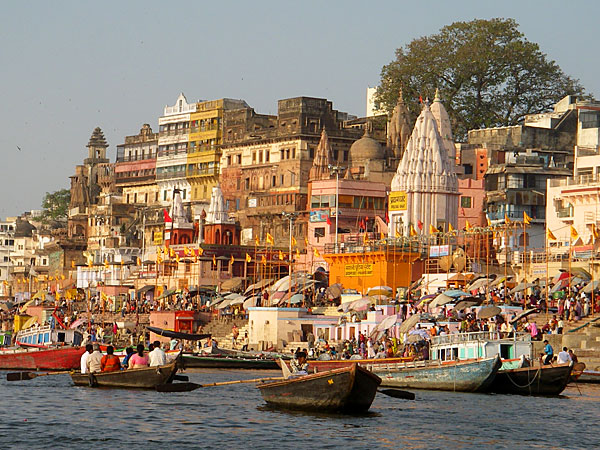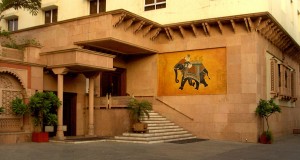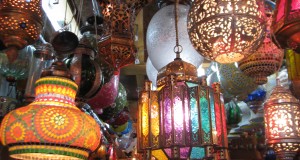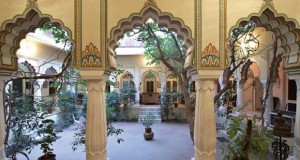Review Overview
3
Summary : The center of Hinduism, and most important pilgrimage place in the country
The center of Hinduism, and most important pilgrimage place in the country, Vatanasi is one of the seven ancient Sacred Cities of the Hindus. The spiritual heart of utt ar Pradesh state, this is a city of colourful bazaars, bright quality silks, festivals, temples, mosques and palaces all centring round the teeming ghats of the Holy Gange (Gangas). Nearby Sarnath is a total contrast—a peaceful Buddhist centre of itupas, shrines, monasteries and museums, where the Buddha came to preach his First sermon. Ancient capital of Hindu faith and learning, Varanasi is one of the oldest living cities in the world and certainly the most fascinating.
In many ways this is India in a nutshell—an inextricable maze of narrow, winding street and alleys, domes and minarets, pinnacles and towers, derelict 48th-century Palaces and hundreds of temples, the whole a continuous riot of noise, colour and hinging temple gongs. A haunting city of dignified buildings, many crumbling and sliding inexorably into the holy Ganges, the old ‘eternal’ city retains a very special vitality.
Varanasi’s early history is lost in antiquity. Ancient accounts like the Mahabharata and Skancla Purana mention its existence at least 3000 years ago, though traditionally It was founded around 4200 BC. The Chinese pilgrims Fa-Hsien and Hieun Tsiang, writing in the 5th and 7th centuries AD respectively, give the first historical accounts of its many Hindu temples and monasteries, but it had long since become a flourishing centre of religion, education and commerce.
The Buddha came to Sarnath, just 10 km (6 miles) north of the city, to preach his eight-fold path to truth and enlightenment. And along the holy ghats by the Ganges, numerous shrines and temples arose, dedicated to Shiva, the presiding deity. Rich and powerful, Varanasi became an inevitable bone of contention between local rulers, and an irresistible lure to northern invaders. From the 14th century on, it was regularly looted by the Muslims, and later on by Aurangzeb, the Mughal Emperor (he destroyed nearly all the temples and rebuilt the most famous one as a mosque). Few of the present Varanasi shrines, therefore, are older than the 48th century.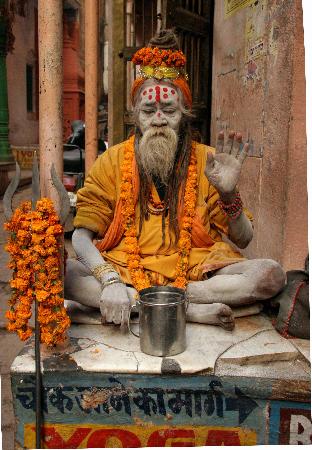
Only in 4738, with the accession of a strong I lindu monarch, was firm rule reestablished. Ceded to the British in 4775, Varanasi finally entered an era of consolidation and rehabilitation. Mark Twain, who visited India in the late 49th century, wrote that ‘Benares is older than history, older than tradition, older even than legend, and looks twice as old as all of them put together’.
The present name of Varanasi is a restoration of its ancient title meaning the city between two rivers—the Varuna and the Asi. Its spiritual name is Kashi, meaning the city that shines with kasha (divine light). The city’s other name of Benares by which it was known for the last 300 years or so, is probably a corruption of Varanasi. Most visitors are pilgrims making the requisite once-in-a-lifetime Hindu visit to clean away all sins; and all will want to return at the end of their life, it being believed that to die here ensures rebirth in the most favourable circumstances possible. They II attempt the 55-km (36-mile) pilgrimage walk round the Panchakroshi Road, even the many old, sick and infirm who come here to die. And all visit the Holy Ganges for the purification dip. Here, more than anywhere else in India, religion—with all its rituals, dedications and celebrations—is an intrinsic part of life.
Varanasi is just as popular with tourists as with pilgrims. Yet many touristsdeterred by the noise, the hassle, the sweet (and not so sweet) smells of sanctity—st y just one or two days. Some people (those who look like easy pickings) can’t walk five paces down the road without a money-changer, a dope fiend, a silk emporium main or a beggar accosting them. Others, who stick it out and get beneath the surfaced annoyances, discover the spiritual depth 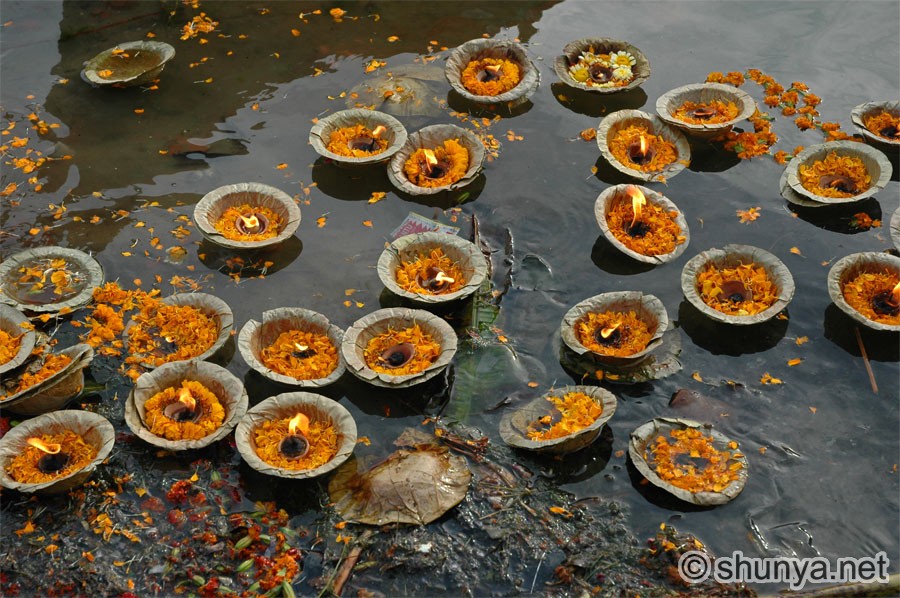 and beauty of the place. Intense, yet rare y overpowering, it is the amazing street-life that absorbs visitors most—a rapi 1, continuous slide-show of crazy traffic, clamouring pilgrims, mucky kids, sabred cows, road-side barbers and flamboyant funeral processions; while on the riverside it is a kaleidoscope of temple priests, sadhus on the ghats, smouldering cremation pyres, and money-changers dispensing small coins for beggars.
and beauty of the place. Intense, yet rare y overpowering, it is the amazing street-life that absorbs visitors most—a rapi 1, continuous slide-show of crazy traffic, clamouring pilgrims, mucky kids, sabred cows, road-side barbers and flamboyant funeral processions; while on the riverside it is a kaleidoscope of temple priests, sadhus on the ghats, smouldering cremation pyres, and money-changers dispensing small coins for beggars.
Varanasi is coolest but most crowded from November to February. For a warm but less stressful stay, come in March/April, when most foreign tourists have migrated north to Nepal or Himachal Pradesh. To get the feel of the place, turn up for the Dussehra festival of September/October and performances of the Randila. This is 30 days of continuous fun and frolic.
ARRIVAL/DEPARTURE
Air Indian Airlines offers daily flights between Varanasi and Agra (Rs1106), Delhi (Rs1394), Khajuraho (Rs767) and Kathmandu (Rs7SS); less regular flights to Bhubaneshwar (Rs1313), Bombay (Rs27S1), Calcutta (Rs1313), and Jaipur (Rs1313 ) Varanasi airport is a long 22 km (14 miles) from the city centre—Rs25 by airport coach (drop and pick up from Ashok Hotel) or about Rs100 by taxi—do fix the rate in advance
Rail From the main railway station—Varanasi Junction—there are regular express traini to and from New Delhi (notably the overnight Upper India Express, 13 hours), Patna (6 hours), Calcutta (12 hours) and Chakki Bank/Jammu Tawi, for Kash mir/Himachal Pradesh (3 departures a week).
Bus From the bus-station—adjoining the rail station—there are regular buses to Gorakhpur and Sonauli, for Nepal (plus through buses to Kathmandu and Pokhara) There are also regular deluxe buses to Allahabad, Lucknow and Patna and standard buses to Khajuraho. The mid-town Godowlia bus-stop is within easy walking dis tance of the ghats.
CONTINUATIONS Indian Airlines operates a daily flight to and from Kathmandu, Nepal (see p.4S9). 1C751 /752 takes 55 minutes and connects with the flights to and from Delhi via Agra and Khajuraho.
WHAT TO SEE Sightseeing is pretty informal in Varanasi. A good proportion of travellers come less he city’s sights (fine though they are) than for its unique atmosphere, and for kind of personal spiritual experience.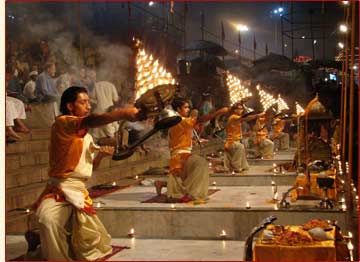
All the ‘action’ takes place in the old city, which sprawls out along the west bank Goangfes antd fhals beack from the riverside ghats in a twisting maze of narow ys and medieval old ruins; losing one’s way is not uncommon but it is difficult e truly lost as there is always someone to guide you back to a familiar landmark. new city, centring on the Cantonment area beyond the rail station, is a total ocf qouient, civtilirseda trese-ltined avenues.
Getting round is easiest by non-metered auto-rickshaws who charge about Rs2.50 km and can be hired for the whole day. Cycles can also be hired by the day (Rs15); re are many hire places around Lanka bus-stop, near Benares Hindu University. rs can be hired from hotel travel desks, for the day or by the hour.
You can see all the principal attractions—Ganges, ghats and old city, plus Sarnath just two days. But this is one place in India to linger longer if necessary.

